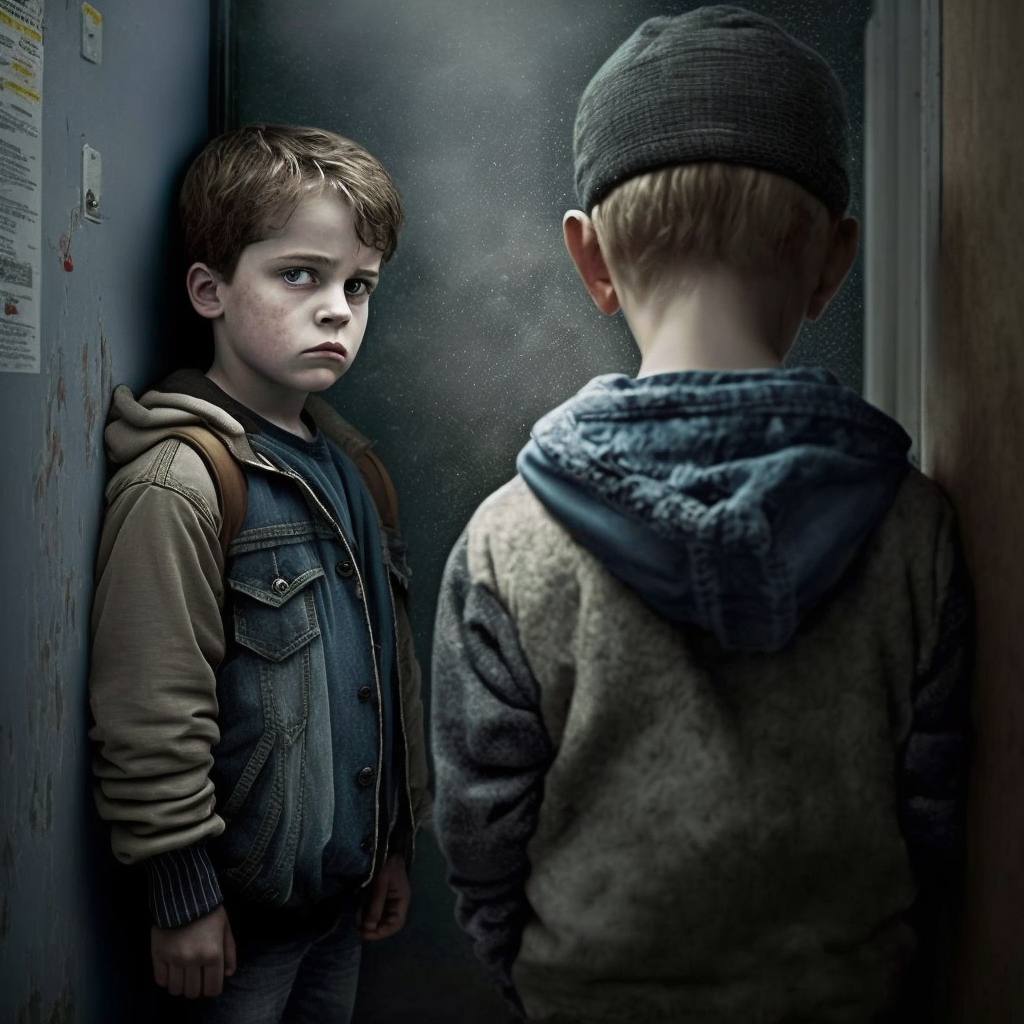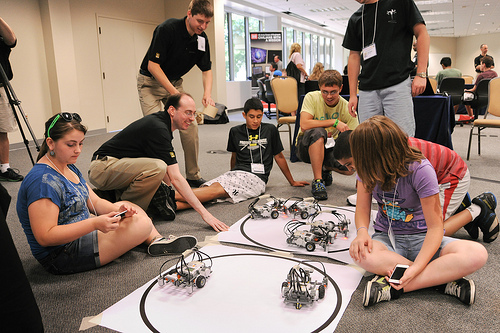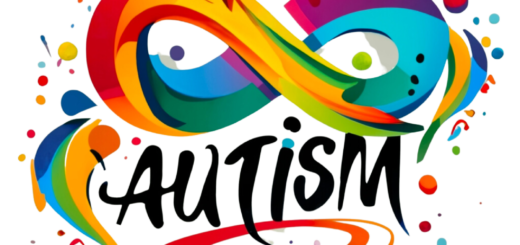Almost half of kids with autism are bullied, study shows


Autism spectrum disorder (ASD) is a variety of neurodevelopmental disorders that usually cause social impairments, communication difficulties, and restricted, repetitive, and stereotyped behavior patterns, according to the National Institutes of Health. As a result, social interaction is complicated for people diagnosed with the disorder. About 1 out of 88 children by age eight will have an ASD, with males four times more likely to have autism than females.
According to a recent study, almost half of children with autism spectrum disorder (ASD) have reported being bullied. This is a concerning finding, as bullying can have severe.
According to a recent study, almost half of children with autism are bullied. This is a disturbing finding, as bullying can have severe consequences for children with autism. Not only can it lead to emotional distress and harm their mental health, but it can also make it difficult for them to socialize and make friends.
Bullying can take many forms, including physical, verbal, and social. Children with autism may be more vulnerable to bullying because they may struggle to understand social cues and communicate with their peers. This can make it hard for them to defend themselves against bullies and can make them targets for harassment and teasing.
The study, conducted by researchers at the University of California, Los Angeles, surveyed over 1,200 children with autism and found that 46% had experienced bullying. The researchers also found that boys with autism were more likely to be bullied than girls with autism.
In addition to the high rates of bullying among children with autism, the study also found that many of these children do not receive the support they need to cope with bullying. For example, only about half of the bullied children said they told someone about it, and fewer than one-third said they received help from a teacher or other adult.
More needs to be done to address the issue of bullying among children with autism. Schools and parents can play a critical role in preventing bullying and supporting children with autism who have been bullied. This may include providing education and training for teachers and staff on recognizing and responding to bullying and creating supportive environments where children with autism can feel safe and included.
Overall, the study highlights the need for more awareness and support for children with autism who are at risk of being bullied. By working together, we can help to create a safer and more inclusive society for all children, regardless of their abilities.
Consequences for children with ASD include increased social isolation and mental health issues.
Children with ASD can be particularly vulnerable to bullying for several reasons. They may have difficulty reading social cues and understanding the intentions of others, making them more likely to be targeted by bullies. Additionally, children with ASD may have trouble standing up for themselves or seeking help from adults, increasing their vulnerability.
The study, published in Pediatrics, surveyed over 1,200 parents of children with ASD. Of these parents, 45% reported that their child had been bullied in the past year. This is significantly higher than the rate of bullying among typically-developing children, estimated to be around 10-15%.
The consequences of bullying can be severe for children with ASD. In addition to the emotional toll, bullying can negatively affect a child’s academic performance and overall well-being.

